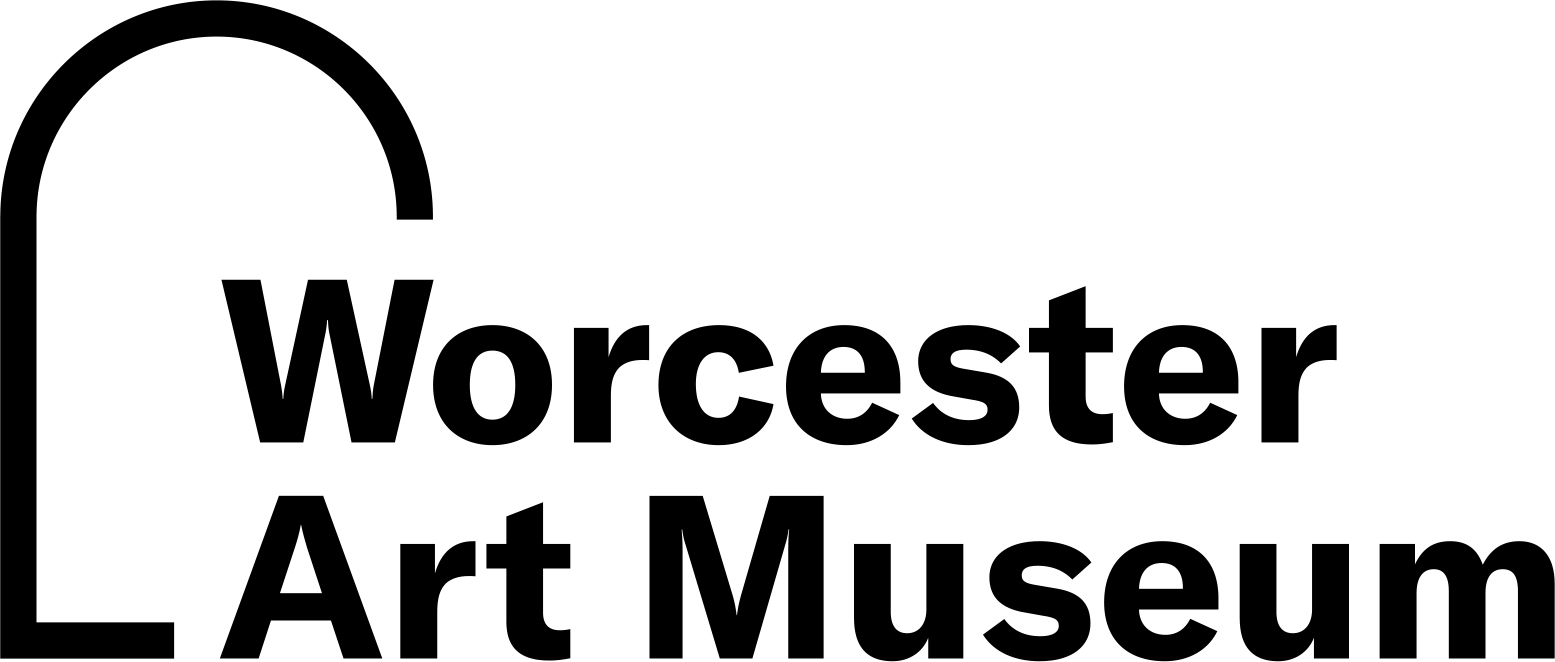"Rowel" Spur
Culture
German
Cultureor
English
Date1600–1625
Mediumiron, silver, and brass
Dimensions14 × 8 × 4.5 cm (5 1/2 × 3 1/8 × 1 3/4 in.)
2 oz (weight)
2 oz (weight)
ClassificationsArms and Armor
Credit LineThe John Woodman Higgins Armory Collection
Object number2014.994
DescriptionIron, with silver encrustation. Narrow, U-shaped, slightly splayed heel plate of flattened semicircular section. Branches narrow as they sweep forward and gently curve under ankles, to terminate in angled bilobate ends. No buckles nor strap hooks preserved. Heel plate slightly rises at base of neck. This has ovoid, molded swelling and a downcurved rowel box with lobated terminals in which rotates an iron rowel of 7 lozenge-shaped points, turning on brass axle. Each point is medially cut with thin line. Branches, neck & rowel box are silver-encrusted with dots, cherub heads, & leafy candelabra.Label TextIn the Middle Ages, spurs were one of the emblems of knightly status. As the medieval knight transformed into the Renaissance gentleman, his equipment transformed with him. By the 1600s, armored horsemen wore boots instead of armor on their lower legs, and spurs became increasingly elaborate fashion statements. They were often made to match the gentleman’s sword and other attire, and he might wear them in social settings that had nothing to do with riding.ProvenanceCollection transfer from Higgins Armory, January 2014.
On View
Not on view1800s
1700s












